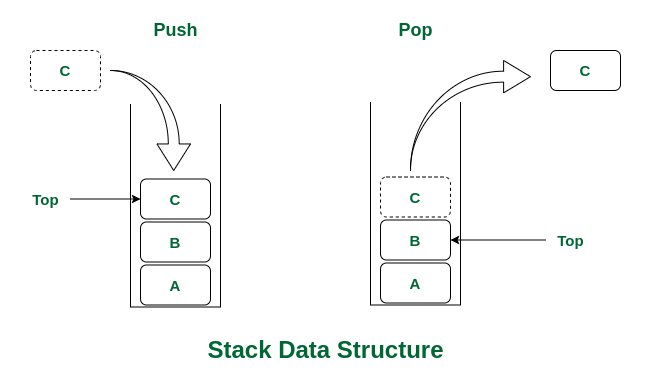Hey there, it’s Rezy Dev! Today, we’re going to talk about one of the most important parts of Rust programming—memory management. If you’ve been keeping up, you know Rust focuses on safety and performance, and memory management is key to that.
Understanding memory management is essential for writing efficient and safe Rust code. We’ll explore how Rust handles memory using concepts like The Stack, The Heap, Ownership, Borrowing, and more. Ready? Let’s get started!
The Stack, the Heap, and Pointers
Rust uses two main memory areas: the stack and the heap.
The Stack: Think of the stack as a fast and organized place for storing data that has a fixed size and known lifetime. Variables that you define in functions are stored here. It’s like a stack of plates: you add and remove plates in a Last In, First Out (LIFO) order. For example:
fn stack_example() { let a = 10; // Stored on the stack let b = 20; // Stored on the stack let c = a + b; // Computed and stored on the stack }
The Heap: The heap is for data with a dynamic size or unknown size at compile time. It’s like a large storage room where you can put objects and take them out as needed. This comes into play with data that might change in size, like vectors or strings. Here’s an example:
fn heap_example() { let mut v = Vec::new(); // Vector on the heap v.push(1); v.push(2); let mut s = String::from("Mom, I'm a hacker."); // String on the heap println!("{}", s); }
Ownership and Borrowing
Rust’s unique approach to memory management involves ownership and borrowing. This system prevents data races and ensures memory safety.
Ownership: Every value in Rust has a single owner, and when the owner goes out of scope, the value is automatically dropped. Here’s a basic example:
fn ownership_example() { let x = String::from("Mom, I'm a hacker."); // x owns the string let y = x; // Ownership of the string is transferred to y // println!("{}", x); // Error: x no longer owns the string println!("{}", y); // Works fine: y owns the string now }Borrowing: You can also borrow a value without taking ownership of it. This is useful for functions that need to read but not modify the data.
fn borrowing_example(s: &String) { println!("{}", s); // Borrowing s, read-only } fn main() { let s = String::from("Mom, I'm a hacker."); borrowing_example(&s); // Borrow s println!("{}", s); // s is still valid }Mutable References: If you need to modify the data, you can borrow it mutably. Note that you can only have one mutable reference to a value at a time.
fn mutable_borrow_example(s: &mut String) { s.push_str(", world!"); } fn main() { let mut s = String::from("Hello"); mutable_borrow_example(&mut s); // Mutable borrow println!("{}", s); // s has been modified }Giving References to Functions: When passing references to functions, ensure that you follow Rust’s borrowing rules to avoid conflicts.
fn process_string(s: &String) { // Process the string } fn main() { let s = String::from("Mom, I'm a hacker."); process_string(&s); // Passing a reference }Copy Types
Some types in Rust implement the
Copytrait, allowing them to be copied rather than moved. This is generally for simple, fixed-size types like integers.fn copy_example() { let a = 5; // i32 is a Copy type let b = a; // Copying a to b println!("a: {}, b: {}", a, b); // Both a and b are valid }Lifetimes
Lifetimes in Rust are used to ensure that references are valid as long as they are needed. They prevent dangling references and help manage memory safety.
fn longest<'a>(s1: &'a str, s2: &'a str) -> &'a str { if s1.len() > s2.len() { s1 } else { s2 } } fn main() { let s1 = String::from("long string"); let s2 = String::from("short"); let result = longest(&s1, &s2); println!("The longest string is {}", result); }
Further Reading
Since I’ve only provided a general overview of how these concepts work, I recommend checking out the following resources for a clearer and more detailed understanding, which will help you become a better programmer. :)
That’s a wrap for today’s exploration of memory management in Rust! I hope you found this post both informative and fun. As always, feel free to reach out with any questions or comments. Until next time, happy coding!